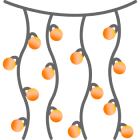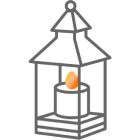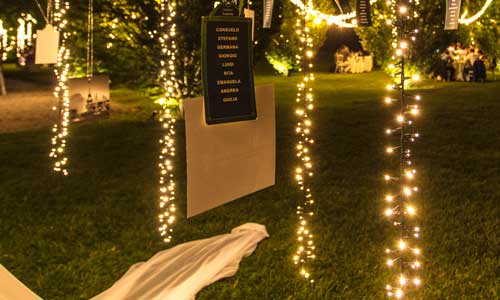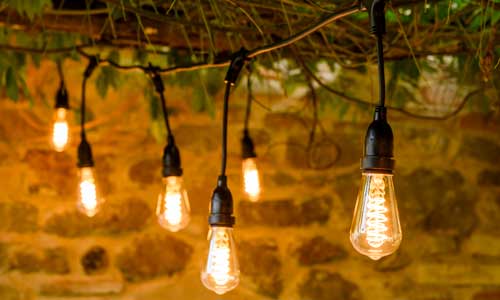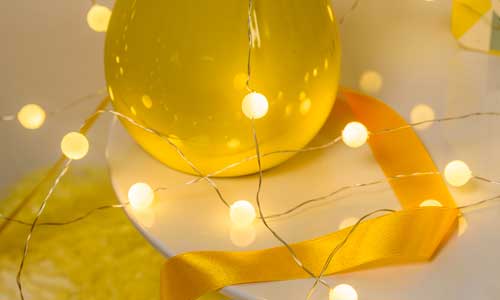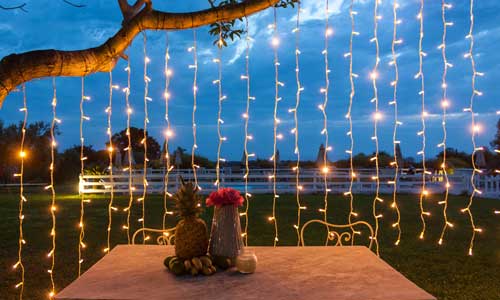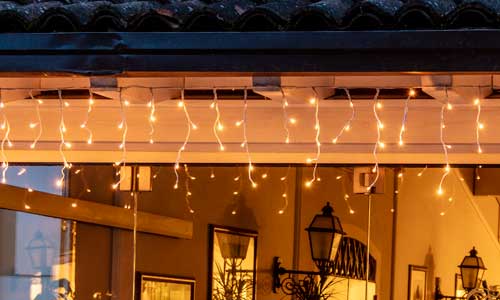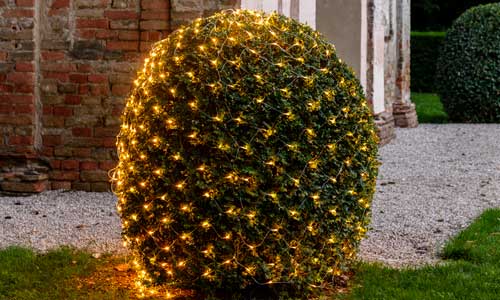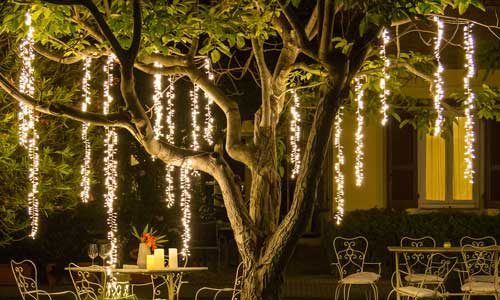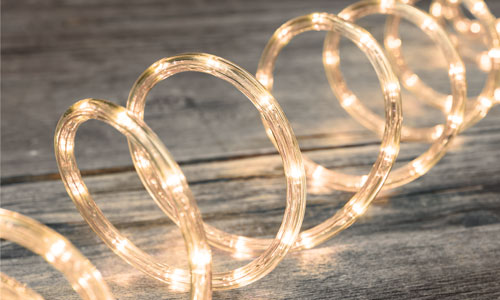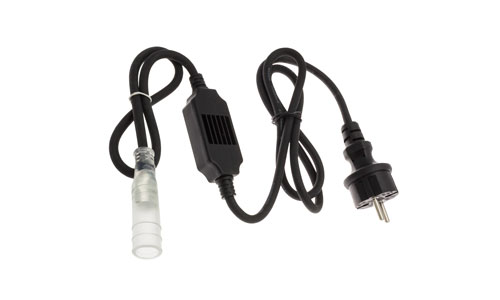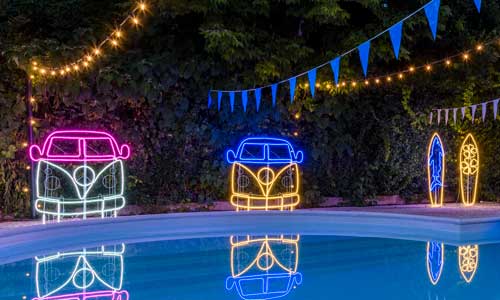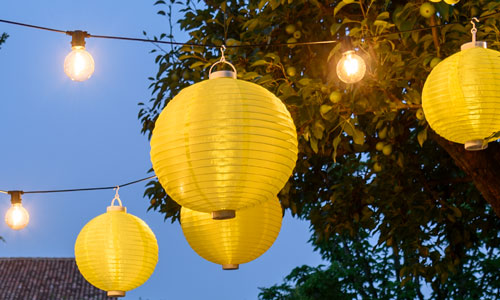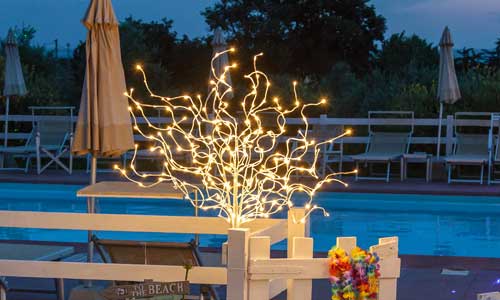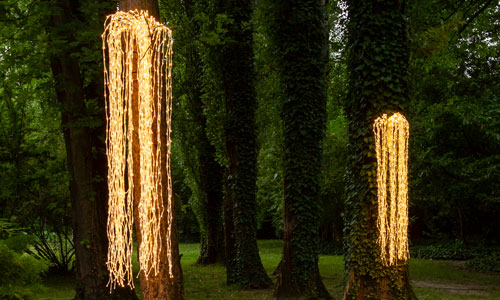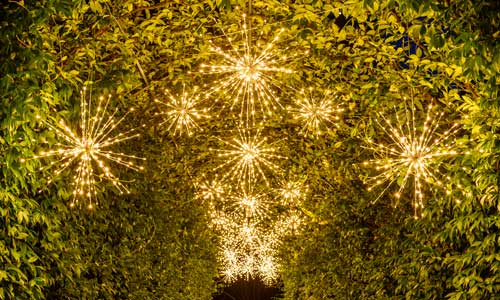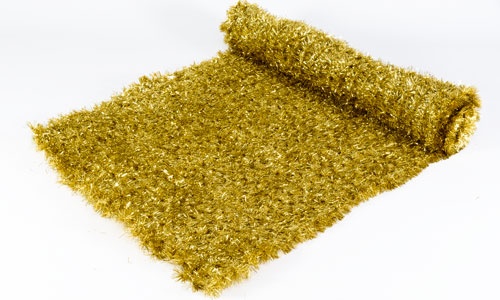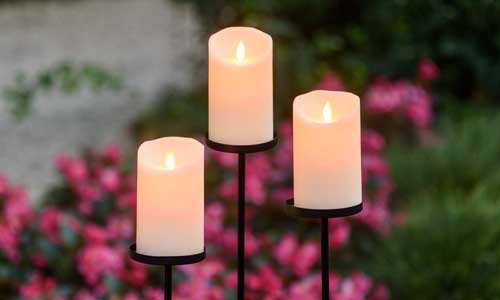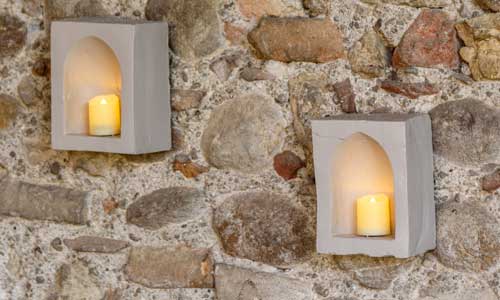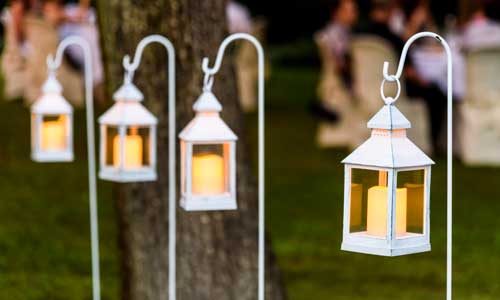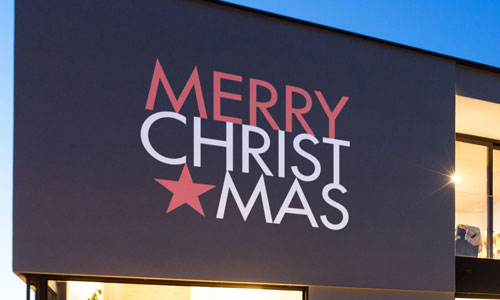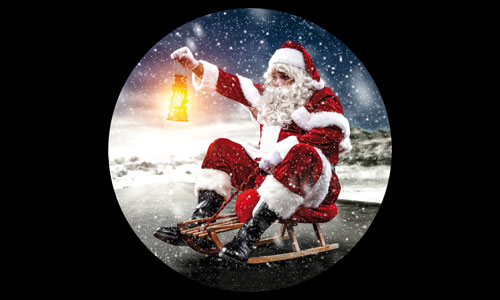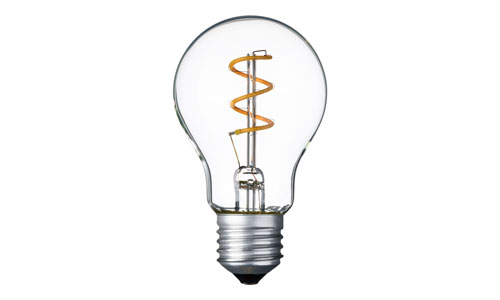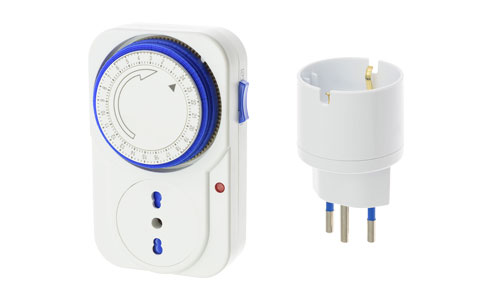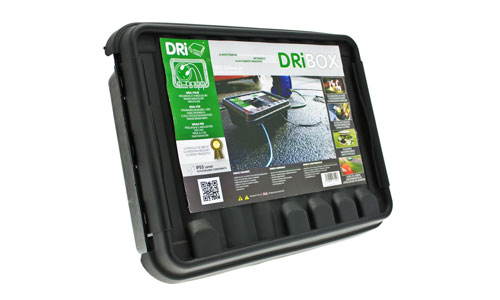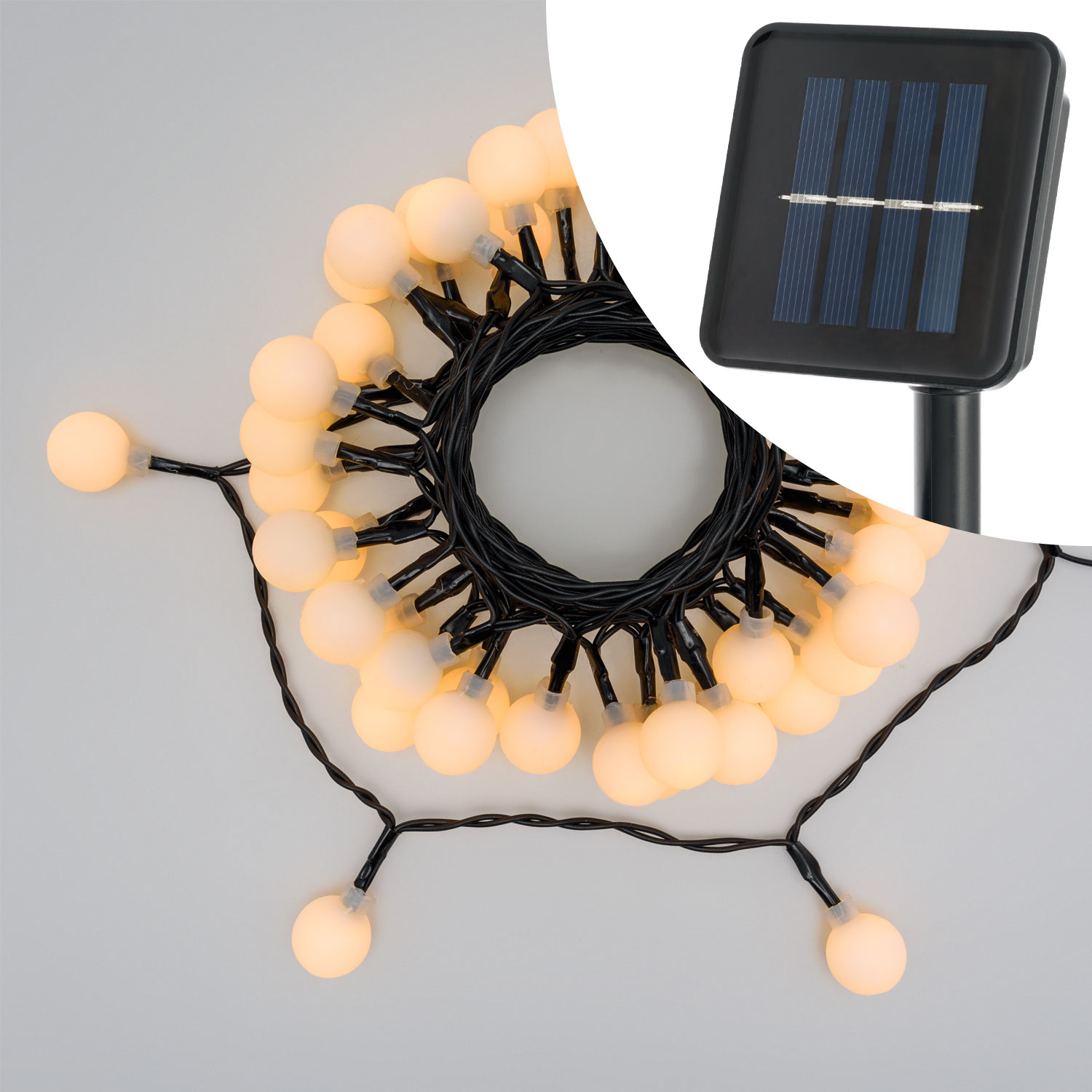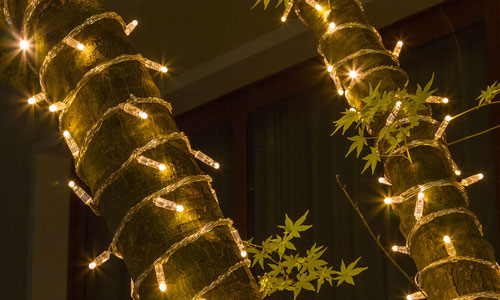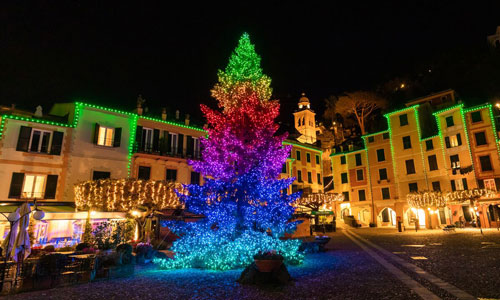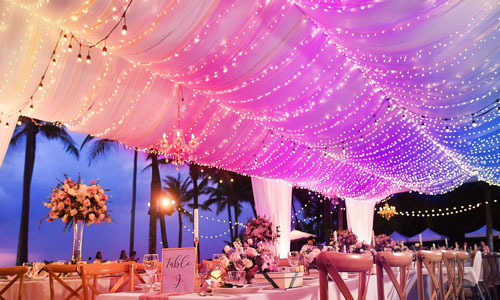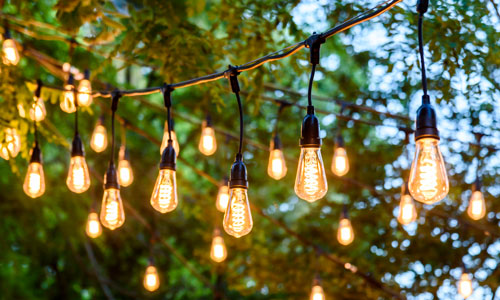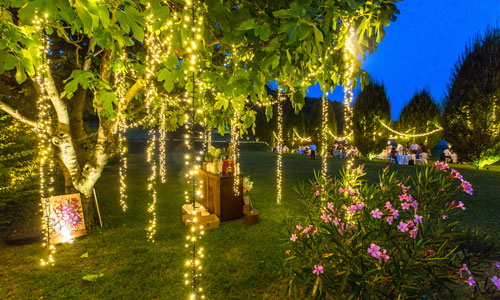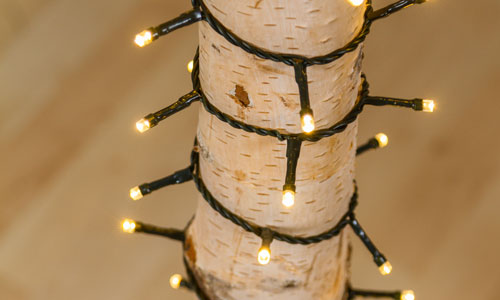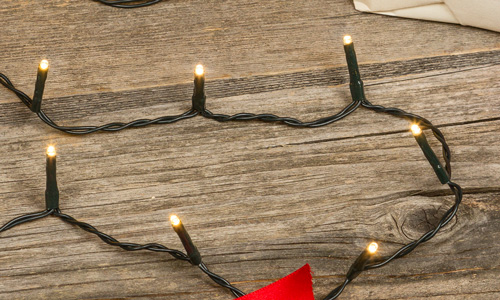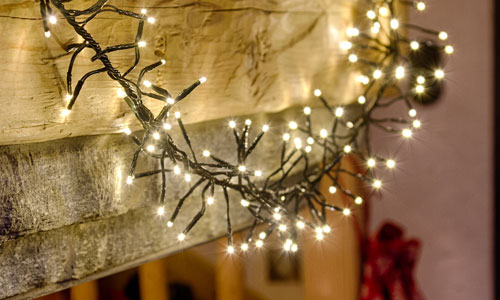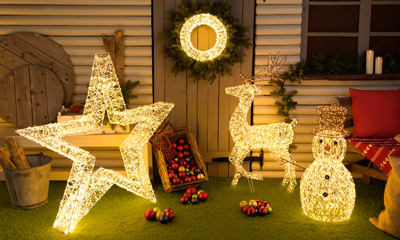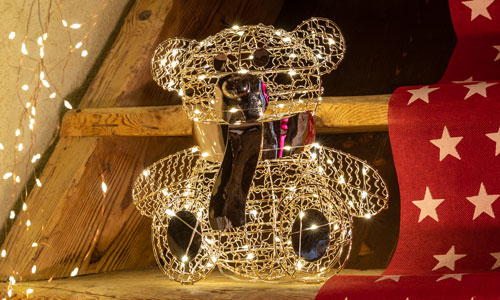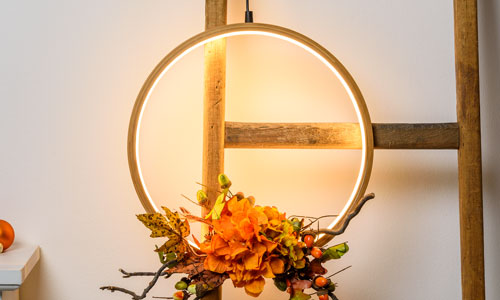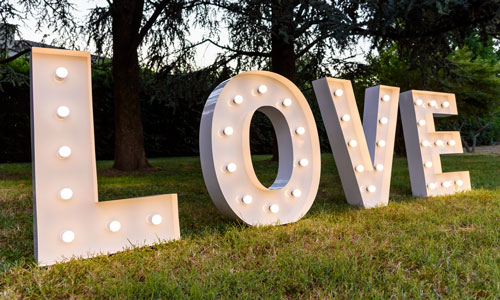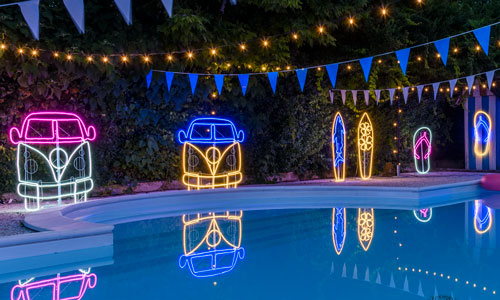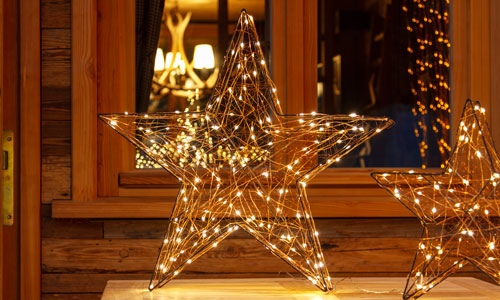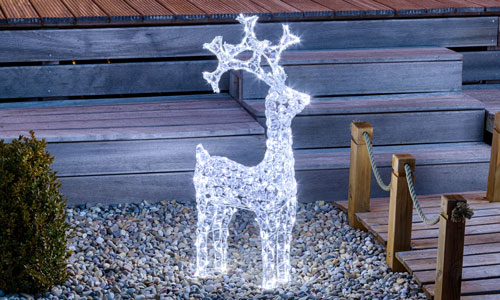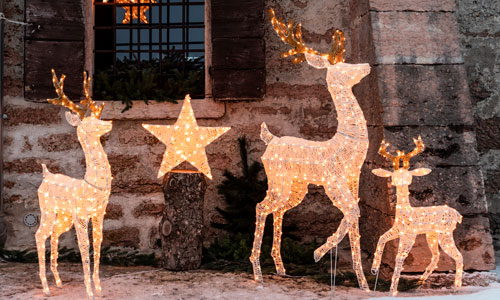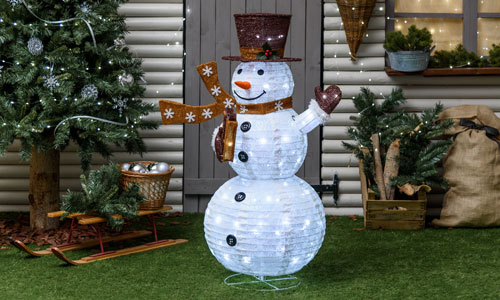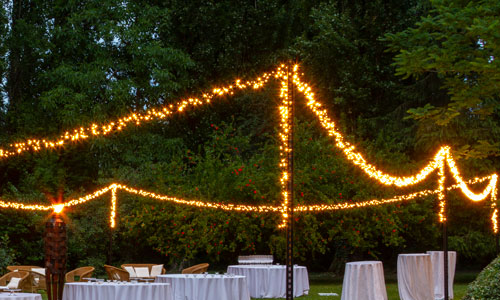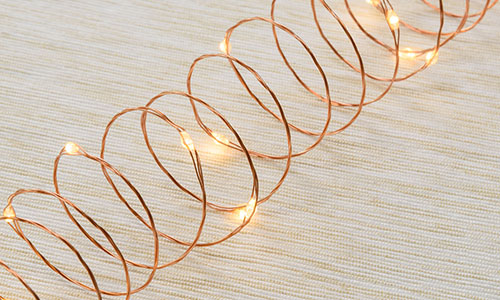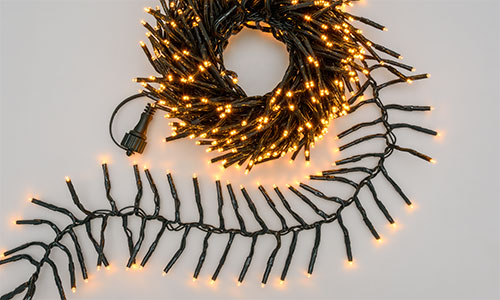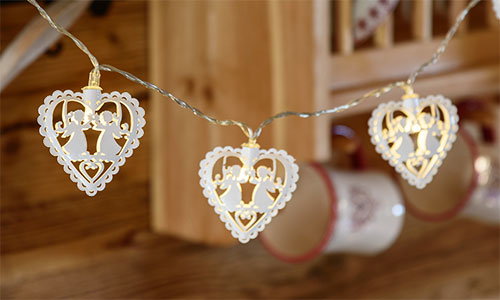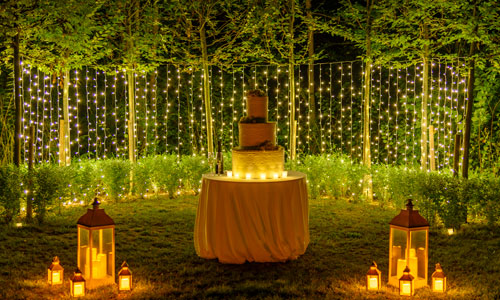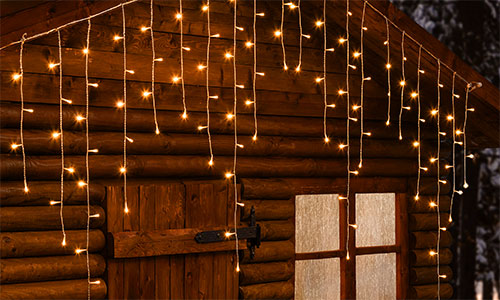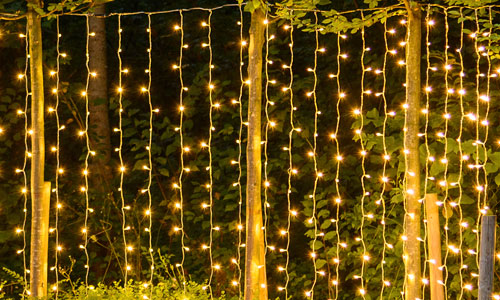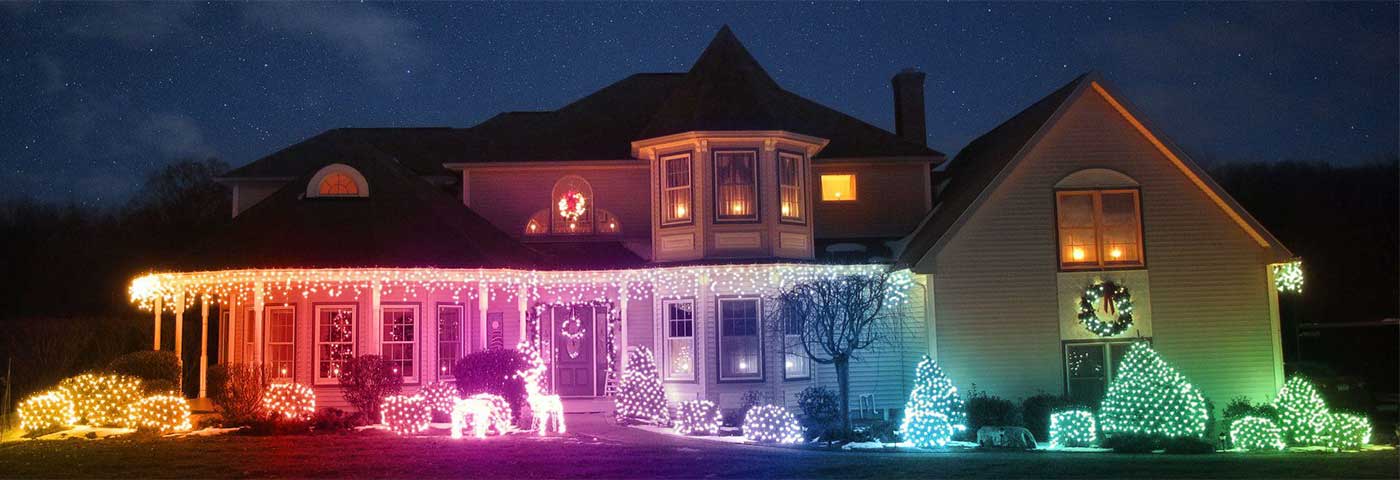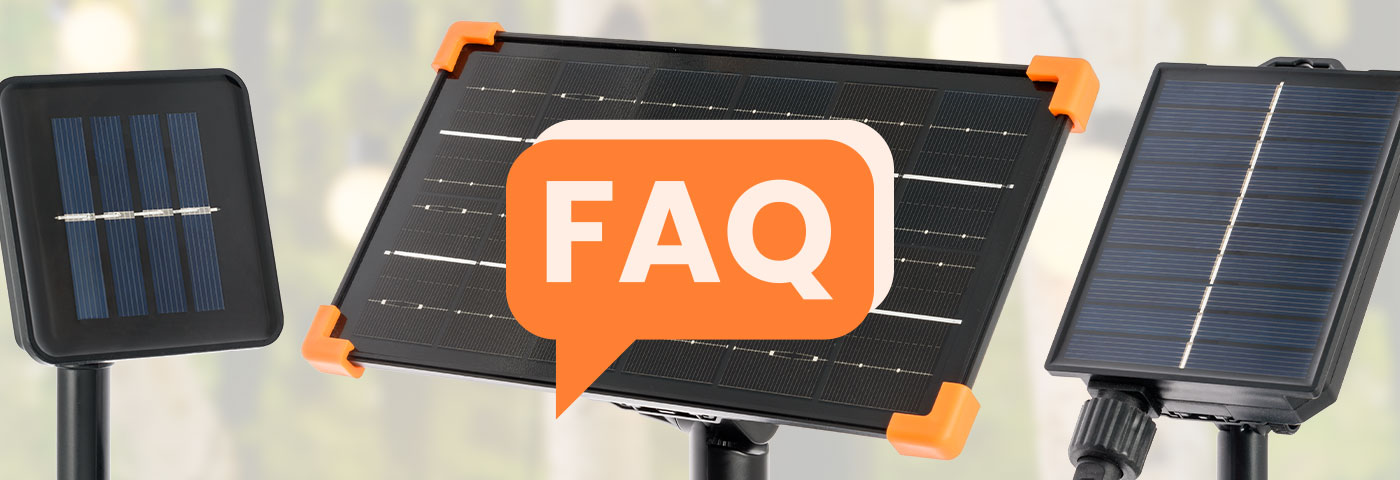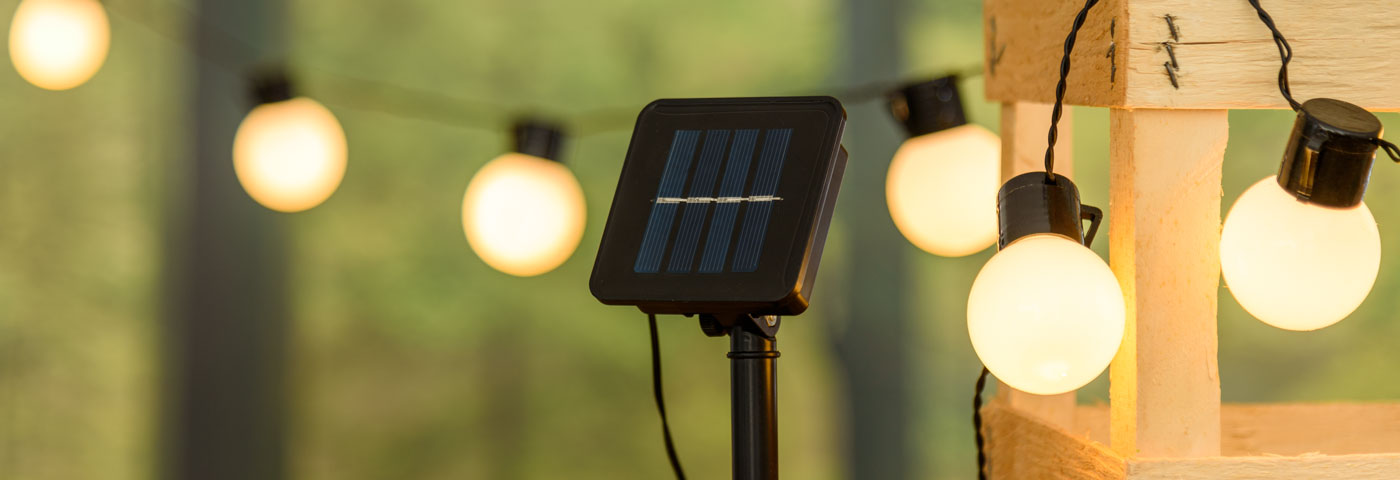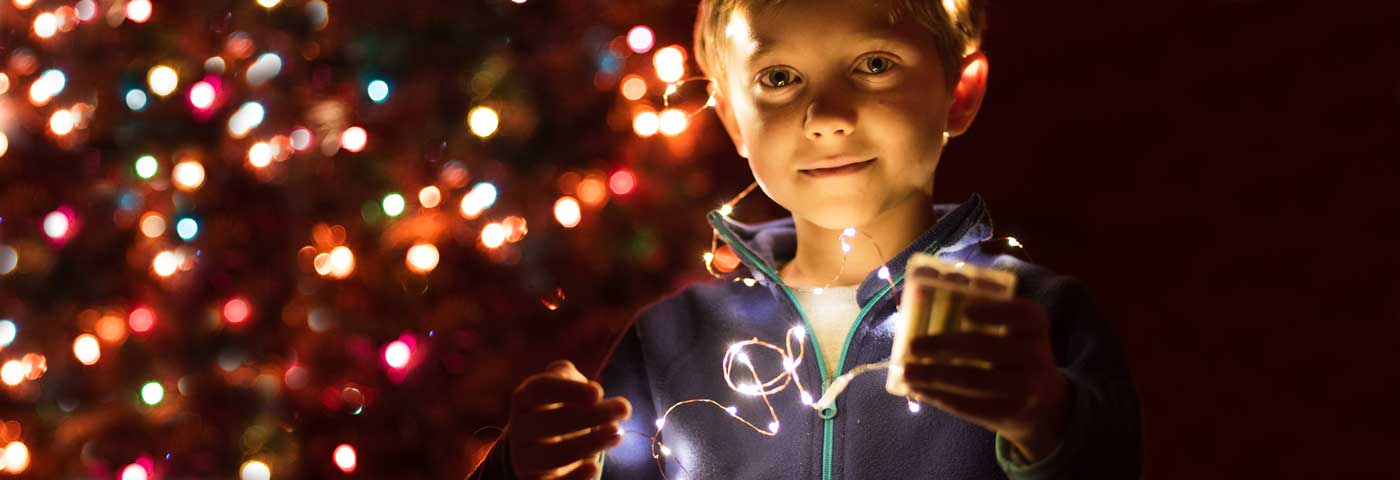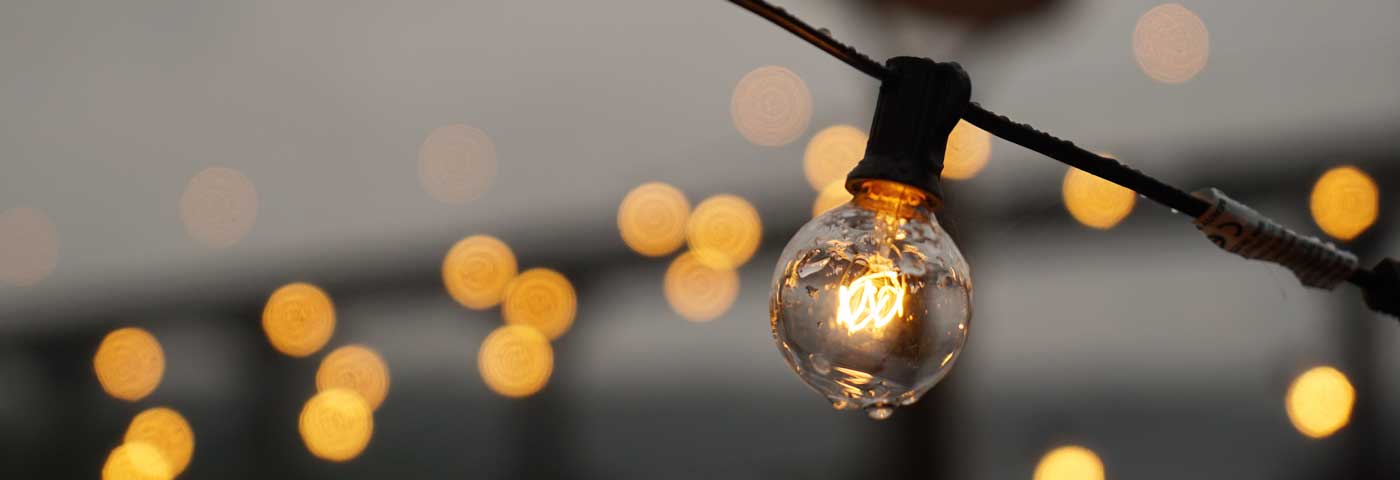
Date
08.07.2021
Reading time
2 min
At Luminal Park, we always try to highlight all the features of each item, technical and otherwise, as best we can on each product page. We know, however, that with a catalogue as extensive as ours, it can be very easy to get lost.
The first thing to consider when deciding which type of lighting article to use is to identify the installation environment: indoor or outdoor?
Once the answer has been found, the indication of the IP protection level becomes crucial to understand which items are suitable for your installation.
Meaning of IP protection rating
In all our product data sheets, the item 'Degree of Protection' is listed among the technical characteristics. Next to this entry is a value consisting of an 'IP' prefix and two numbers.
This value is very important in the context of electrical products to understand their level of protection against water and dust.
The number should be read as a sequence of two digits: the first digit indicates the level of protection from dust, the second from liquids.
Many items we have in our catalogue are IP44, which is the minimum level for outdoor use for decorative lights. Others, especially some professional items, have a higher level of protection, up to IP67, which is useful for outdoor use over long periods of time.
A protection level of IP20 or lower indicates that the decoration may only be used indoors.
Below is a table comparing the different possible levels of protection:
Table of IP protection rating values
| Protection against solid parts | Protection against liquids | ||
|---|---|---|---|
| First number | Meaning | Second number | Meaning |
| 0 | No protection | 0 | No protection |
| 1 | Protected against solids larger than 50 mm | 1 | Protected against vertically falling water drops |
| 2 | Protected against solids larger than 12 mm | 2 | Protected against falling water drops with a maximum inclination of 15° |
| 3 | Protected against solids larger than 2.5 mm | 3 | Protected against rain |
| 4 | Protected against solids larger than 1 mm | 4 | Splash-proof |
| 5 | Protection against dust | 5 | Protected against water jets |
| 6 | Dustproof | 6 | Protected against powerful water jets |
| 7 | Protected against temporary immersion | ||
| 8 | Protected against permanent immersion | ||




